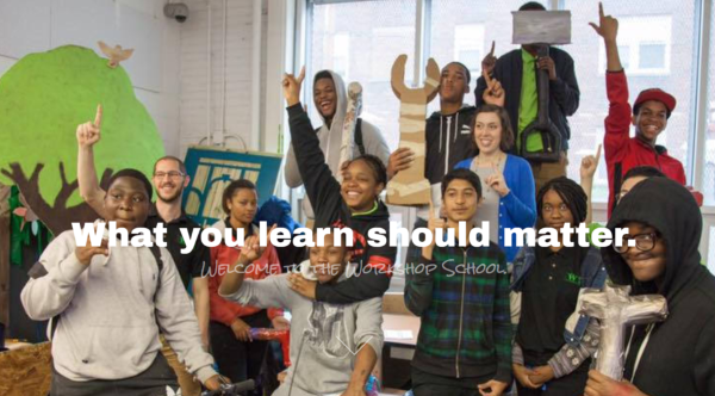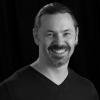All Learning Is Social and Emotional
Topics

We’ve all had the experience of truly purposeful, authentic learning and know how valuable it is. Educators are taking the best of what we know about learning, student support, effective instruction, and interpersonal skill-building to completely reimagine schools so that students experience that kind of purposeful learning all day, every day.
Is there any good reason to categorize different forms of learning, to identify what's academic, interpersonal, content, skill, or emotional development?
Social and emotional learning.
Trauma-informed and restorative practices.
“Tier 1” support for students in response-to-intervention systems.
Community building.
Advisory.
In the wake of the pandemic, a surge of gun violence in many communities, and a (hopefully significant) moment of racial reckoning in our country, many schools and districts are turning to these types of initiatives in recognition of the array of challenges students and staff face today.
This is long overdue, and yet the way in which it’s framed remains problematic. For years I have been grinding the axe of not thinking about these types of efforts as a precursor to “real” learning. My argument has generally been that the benefits of focusing on students’ wellbeing are self-evident. Seeking to justify them on the basis of academic achievement (especially when measured by annual test scores) is like evaluating the benefits of diet and exercise by measuring how high you can pole vault: it might be an outgrowth of being more fit, but it’s hardly the reason fitness matters.
I still strongly believe that, but as I go deeper into how we help students learn real-world skills, I find more and more that I can’t disentangle the different forms of learning and wonder if there is really any good reason to try to.
As educators, we can be so much more than purveyors of content or instructors of skills: we are designers of experiences through which learning happens.
I’m currently doing a deep dive on how we teach (and learn) creativity. At the Workshop School, our competency framework focuses on creativity in the sense of generating ideas to solve problems, but speaks less to the set of skills, habits, and dispositions that underlie creative expression. (The type of creativity required to solve a problem is different than the type of creativity that inspires a poem or a painting.) There is a pretty broad and diverse literature on this topic, and I am still processing a lot of what I’m learning. But one of the more consistent findings is that creative expression is rooted in both intra- and interpersonal work. To be truly creative, we need to learn how to quiet the judge inside our own heads: the voice that tells us something is a bad idea or isn’t good enough to put out into the world. We also need to feel a degree of psychological safety. We judge ourselves constantly, but we also fear being judged by others. Being creative involves taking risks.
Thinking, feeling, and being do not happen in some neat sequence. They are concurrent and jumbled. Maybe it should not surprise us that learning in one of these areas pulls on the others, and that all of these types of learning (to think, manage emotions, and interact) are interdependent.
Thinking of learning as a more holistic process flies in the face of many clinical traditions, which seek to clarify and segment for the sake of precision and measurement. But it also opens up a whole range of strategies and approaches to help students grow. Helping students learn to quiet their inner judge opens the door to more creative work, but one of the things that helps quiet that inner judge is experiencing success, sometimes in very specific, academic forms. (I am no great fan of the “no excuses” playbook, but I have been in many such schools where test scores were intentionally used to show students that they were capable of getting better and to celebrate their growth.)
When I teach graduate students, I often run them through an exercise in which they reflect on the most powerful learning experiences they have had. It will surprise no one that most of those experiences did not happen in a classroom, and most of what was learned was not strictly (or even primarily) academic in nature. An emotional breakthrough can lead to profound intellectual insight; a cognitive leap forward can lead to a deeper, truer understanding of oneself.
As educators, we can be so much more than purveyors of content or instructors of skills: we are designers of experiences through which learning happens. A broader, more inclusive view of learning shifts our understanding of what those experiences might look like and our role in guiding students through them.
Photo at top courtesy of the Workshop School.




